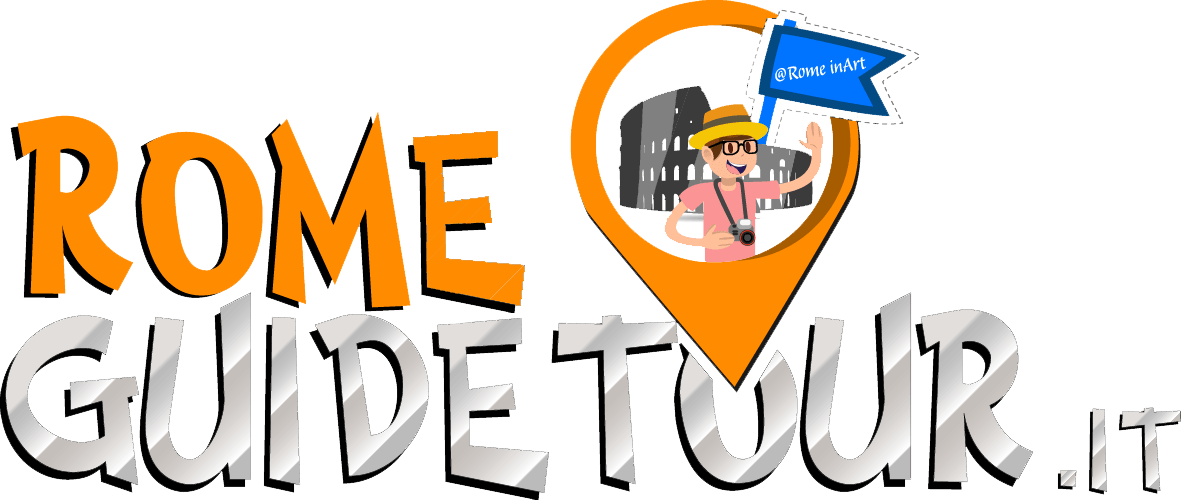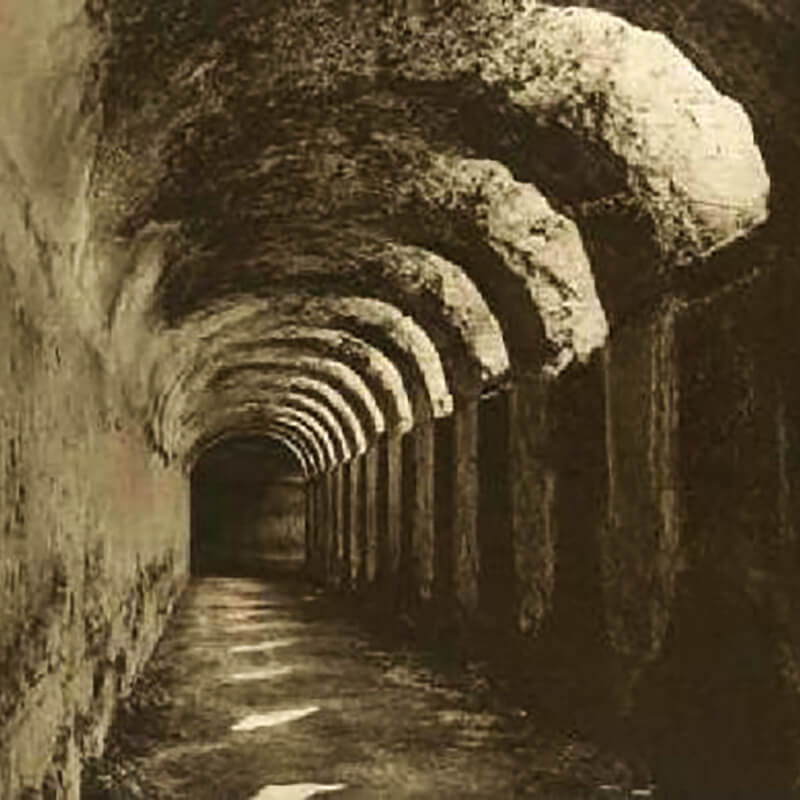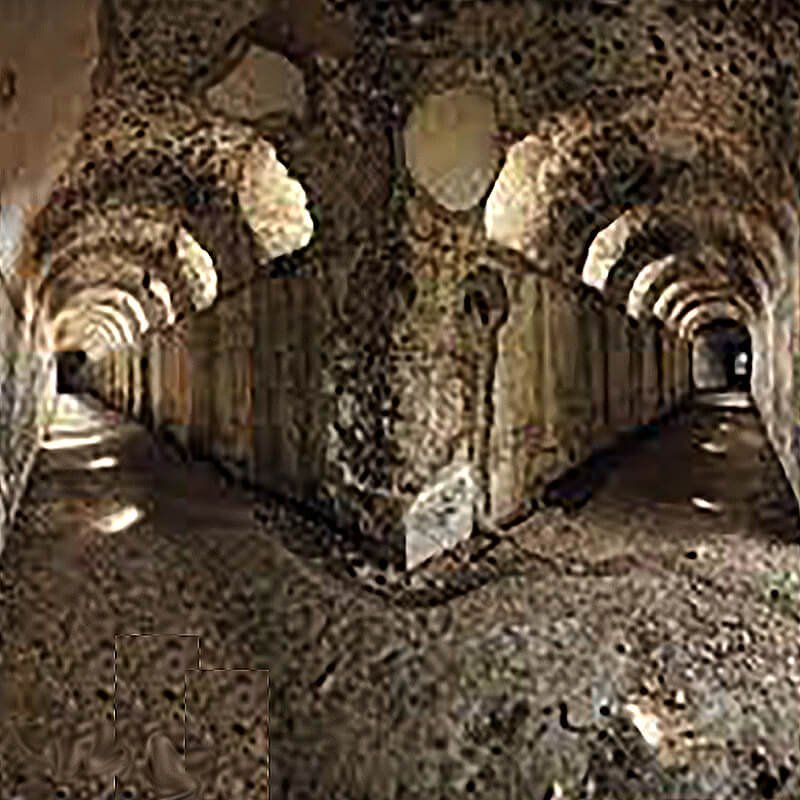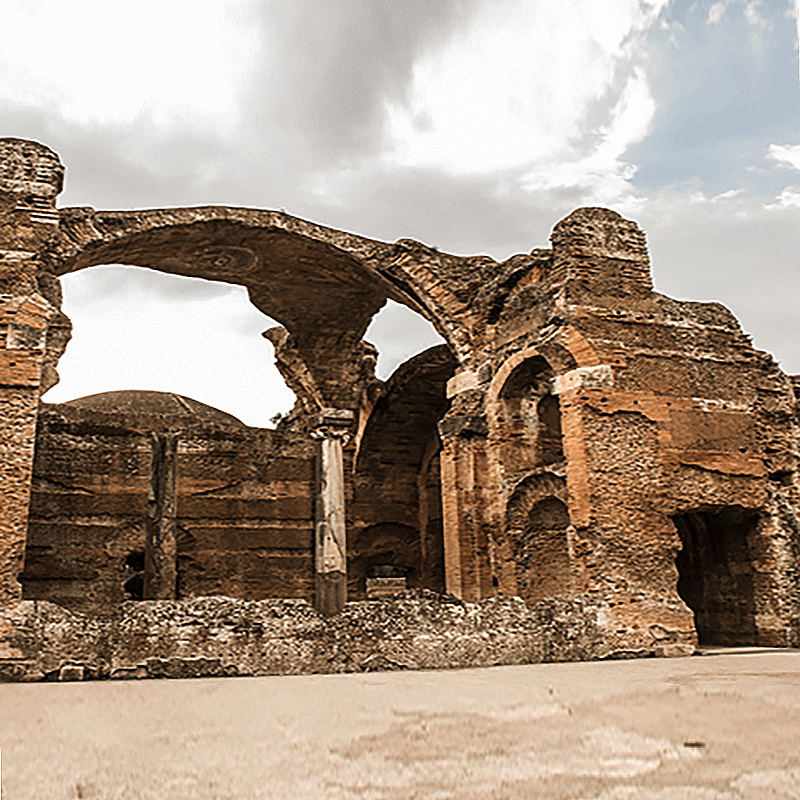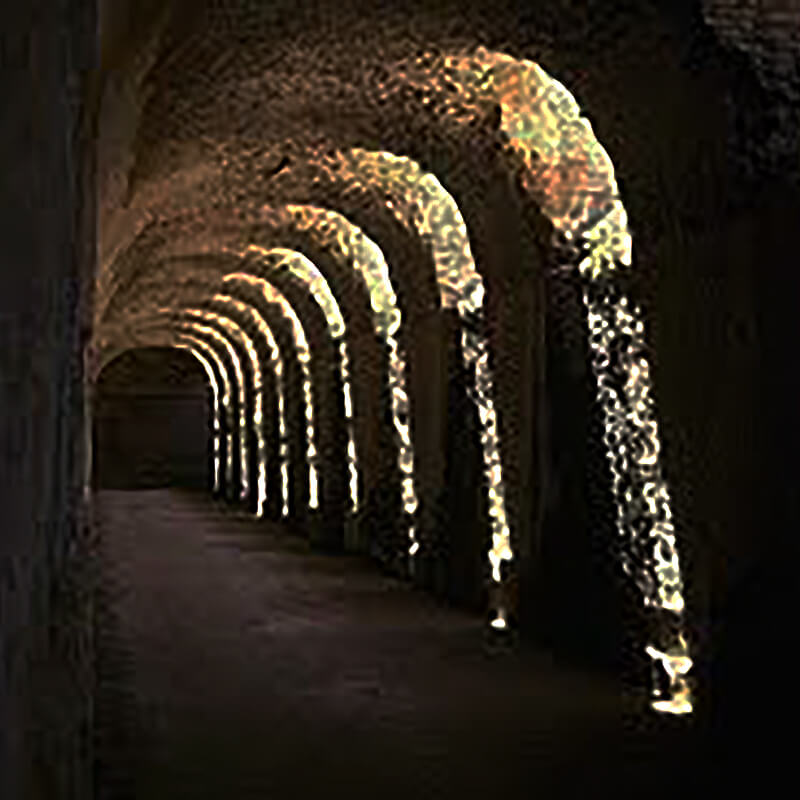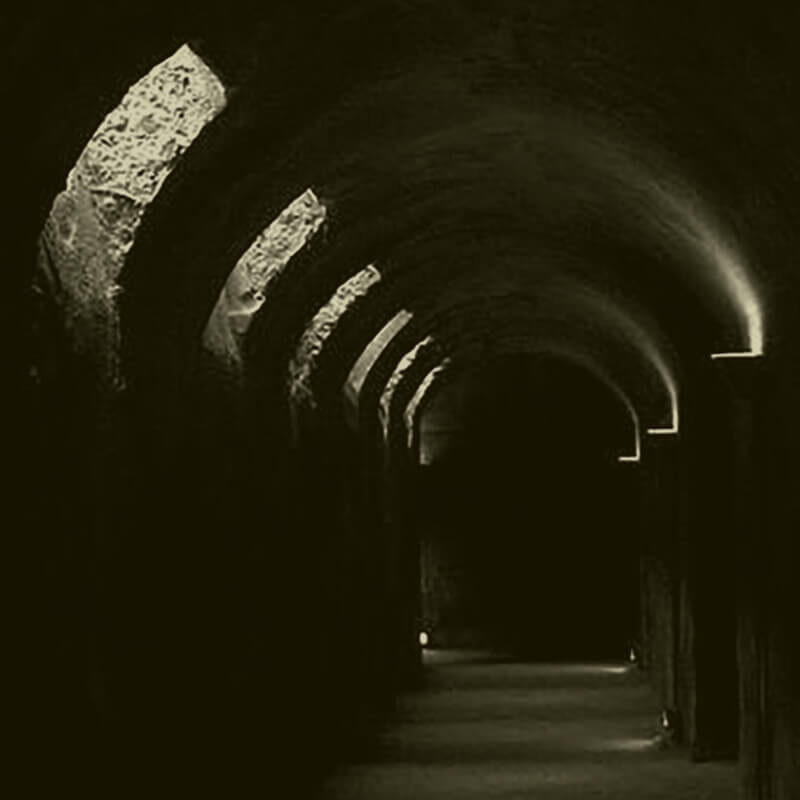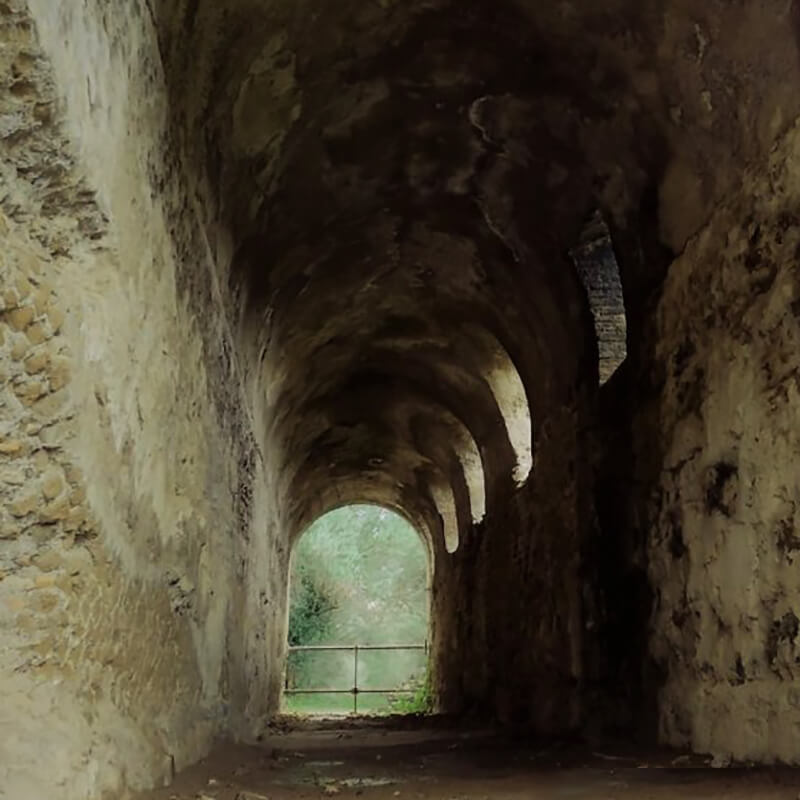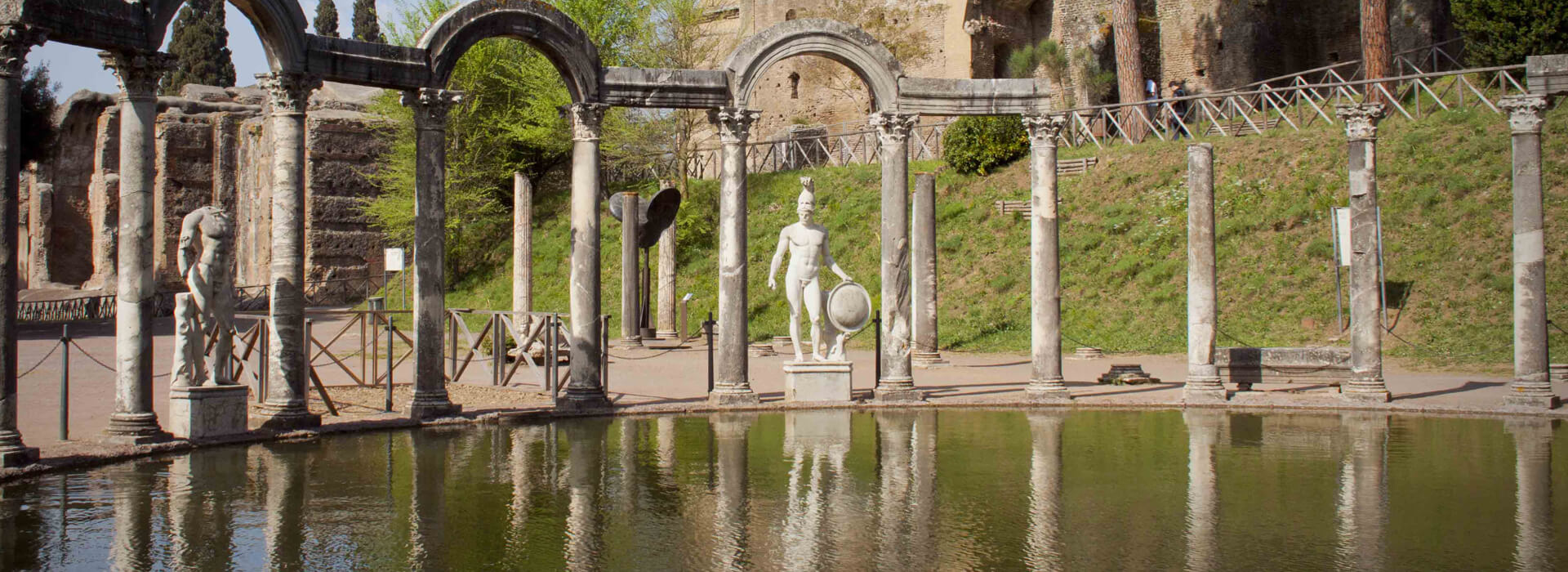Villa Adriana, the residence of emperor Hadrian in Tivoli, is one of the most iconic and important archaeological sites in Italy, a UNESCO world heritage site since 1999, and one of the most impressive architectural wonders of ancient Rome.
Located in the city of Tivoli, a few kilometers from Rome, Villa Adriana was built by Roman emperor Hadrian between 118 and 134 AD. as a grandiose demonstration of imperial power and wealth. The villa was designed to be the perfect representation of Hadrian’s vision for a luxurious retreat from his court life.
Villa Adriana is not only an important archaeological site but also an excellent example of ancient architecture which has had a great influence on modern architecture. It’s a must-see for anyone interested in history or art. Villa Adriana also features innovative engineering techniques such as hydraulic systems and advanced heating systems. Its beauty has been preserved over the centuries, making it one of the most visited archaeological sites in Italy today.
The villa is a complex structure with many different architectural styles from around the world, including traditional Roman elements such as columns, arches and vaults combined with Greek influences such as statues and fountains, and other elements of Egyptian architecture. Villa Adriana extends over an area of 250 hectares and is a complex of over 30 buildings connected by cryptoportici (underground tunnels); the gardens of Villa Adriana are also renowned for their beauty and size.
The residence of Emperor Hadrian included an aqueduct, two theatres, libraries, numerous temples, baths, fountains, in addition to the already mentioned network of cryptoporticus which, thanks to an intricate network of underground paths and tunnels, were used to connect the different blocks of the Villa Adriana structure, as well as as warehouses and occasionally for religious ceremonies.
But what exactly is a cryptoporticus? (plural; cryptoportici) In Roman times the term crypta indicated a system of galleries and corridors that were often underground, which sometimes they also included carriage roads. The Latin author Seneca already cited the crypta when he tells us that with the Emperor Claudio the city of Pozzuoli was united with Naples thanks to a underground route, calling it Crypta Neapolitana.
The first studies of the architecture of Villa Adriana were initiated by the architect Pirro Ligorio on behalf of the Cardinal Ippolito II D’Este, who built in Tivoli the famous Villa d’Este; on that occasion some of the cryptoporticus were inspected . This was followed by the studies of the architect Francesco Contini in 1600, who was the first to study the underground galleries of Hadrian’s Villa, realizing their fundamental importance for the success of the entire Hadrianic complex. Subsequent studies were conducted by the scholars Rossini, Canina and Piranesi.
The cryptoporticus of Hadrian’s Villa could be divided into categories based on their characteristics. The first category includes all those underground vehicular and pedestrian routes that developed both outdoors and in tunnels. They form a system of arteries essential for the life of the entire archaeological area. The peripheral part of the villa is underlined by an old republican street then reused in the times of the Emperor; this ancient road has the basoli pavement with ruts left by the wheels of the chariots, which passed from here passing under the area of the so-called Temple of Venus, then continuing towards the area of the so-called Libraries. and finally pushing towards the Tempe Terrace.
From here the road continued heading towards the Golden Square and then towards the so-called Valley of the Underworld. After passing these areas, the route concluded in a series of four-arm tunnels dug into the tuff bank and arranged to form a trapezoid. The longest sides measure 304 meters and 296 meters respectively, with an average width of 5 meters.
This impressive underground system called the Great Trapeze was a sort of underground car park, a place for resting and unloading goods and where the pack animals together with the carts entered at dawn, rested and refreshed themselves, and then exit at sunset, so that during the day the road could be used by those arriving at the Villa and reaching the important area of the Piazza d’Oro and the neighboring buildings.
Inside this impressive system of tunnels we must also imagine the existence of a large stable equipped with 131 mangers, while the existence of a drainage channel suggests that it was used for sewage. The presence of the manger is supported by the existence of a series of square recesses where the beams for the manger were placed.
Another large pedestrian street inside the paths of Villa Adriana ran alongside the so-called Cento Camerelle, a service building that could accommodate up to 500 people. This road came from the Via Tiburtina, ran alongside the Cento Camerelle and then passed under the Vestibulo, the entrance to the Villa, and therefore reached the Grandi Terme and the Piccole Terme.
The ambulacri are the second group of cryptoporticus of Villa Adriana. This second category of underground paths includes the underground tunnels which were used for walks during the hot season, therefore they had a noble function. One of these is located below the so-called Peschiera which is part of the Winter Palace, where there are four galleries illuminated by windows called “wolf’s throat” and with a barrel vault. The noble paths that functioned as ambulatory were plastered and painted in light colours. There probably also had to be mobile seats in the ambulatory of Villa Adriana where you could stop and enjoy the fresh air. However, nothing prevents us from thinking that these walkways were also used in winter during cold days.
Another cryptoporticus of Villa Adriana with the function of an ambulatory is found in the Great Baths, behind the Gymnasium. This ambulatory was entirely covered in marble, while the barrel vault was plastered and painted. Another 4-arm cryptoporticus is found in the palatial area, the oldest one dating back to the Republican period. This ambulatory was much darker than the others, having smaller windows, and almost certainly in Hadrianic times it was replaced by the one found below the Peschiera, while this cryptoporticus was almost certainly transformed into a warehouse for foodstuffs.
The so-called Third Group of cryptoporticus of Villa Adriana includes all those covered passages used to connect two or more buildings. One of these cryptoporticos connects the Maritime Theater and the so-called Stadium, while another cryptoportico of this type connects the Hall of the Doric Pillars with the area of the Golden Square.
At Hadrian’s Villa there is also a IV Group of cryptoporticus, which includes all those underground passages that were used for the most diverse purposes: warehouses, cisterns or snow deposits. The cryptoporticus of the republican era in a second building phase, that of the imperial era, must have had this use without a shadow of a doubt. In some cases some of these cryptoporticos must also have served as woodsheds, as in the case of the cryptoporticos found below the Baths.
Some cryptoporticus of Villa Adriana were used as cisterns and had a hydraulic plaster to guarantee waterproofness, which also functioned as thermal insulation. Many of these cryptoporticus had niches dug into the masonry on the walls, to illuminate the underground paths with lamps. Some historians also speculate that these of these cryptoporticus could also have been conceived as a potential escape route for Emperor Hadrian in the event of external attacks.
If you want to fully discover Hadrian’s Villa, contact me to book my classic tour of Villa Adriana in Tivoli, or one of my tours and guided visits in Rome and its province. Follow RomaGuideTour.it also on Facebook and Instagram for updates.
Photo credits: the images in this article come from the websites of the Archaeological Park of Villa Adriana, of the Superintendency of Cultural Heritage, and from WikiMedia.
